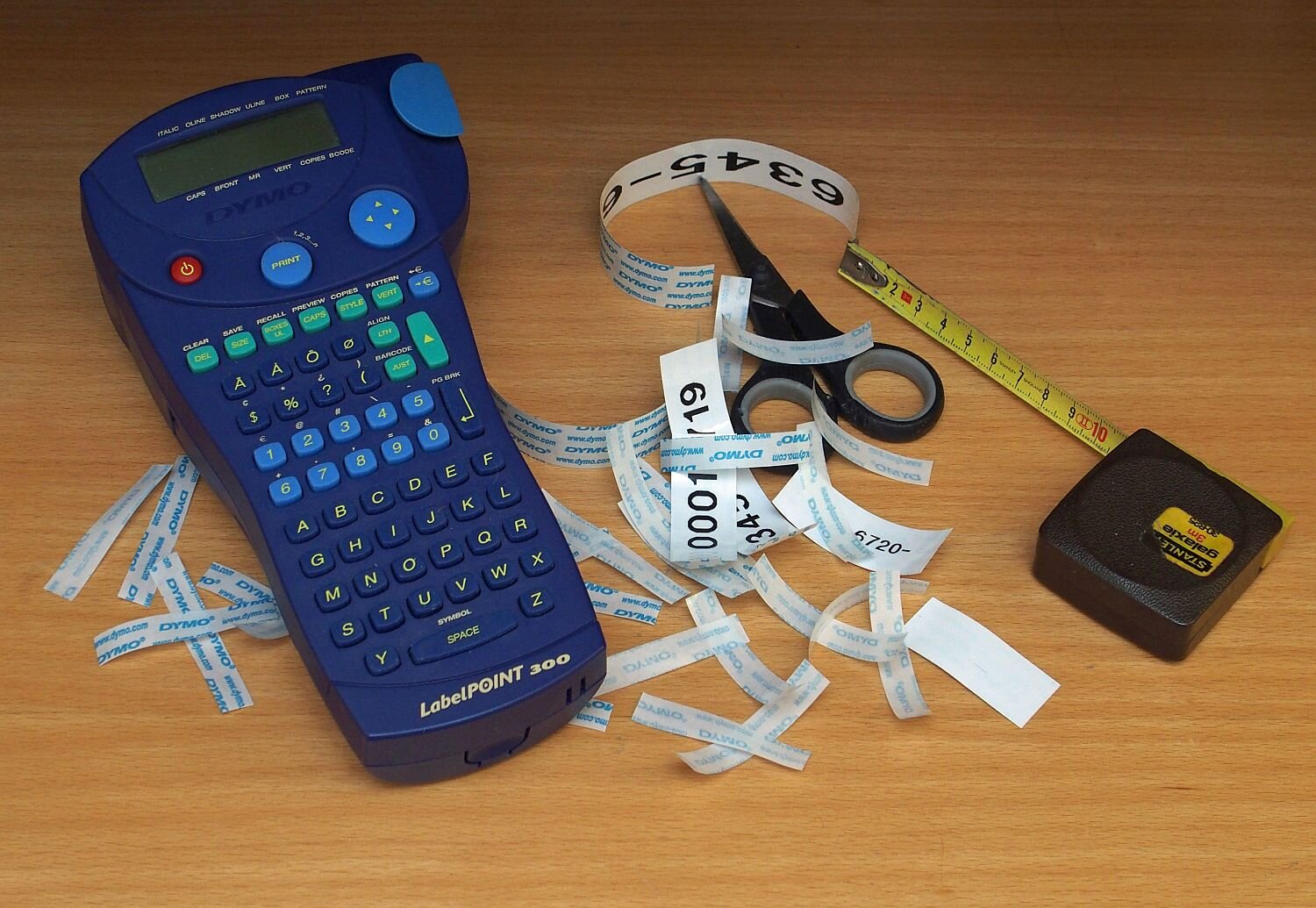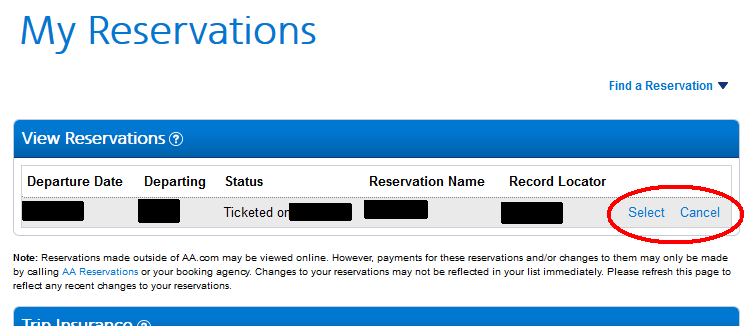Little more than a simplified, visual mashup of the Double Diamond design process, a Build-Measure-Learn development loop, and an overly lightweight representation of delivering a solution to market - but that’s the point. I needed to illustrate how a transformation programme could align their next phase of work, and these combined processes seemed to best frame the outcomes we were after...
Read MoreOur Discovery to Delivery Model - click to enlarge (or copy and share 🤓)












